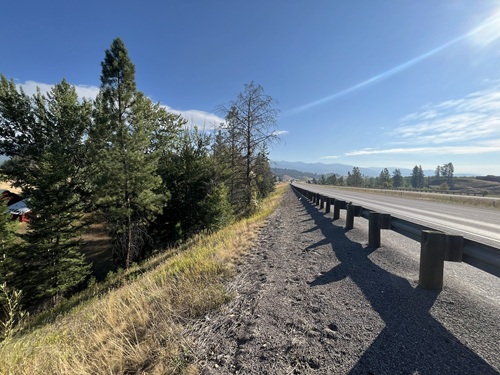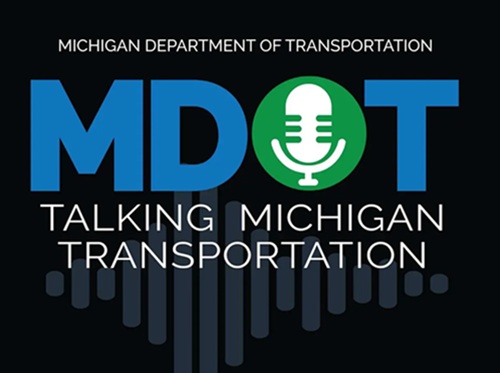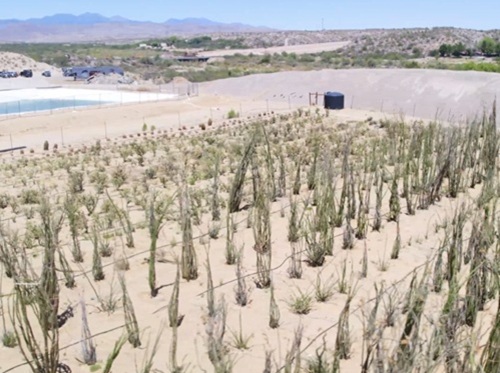On a recent episode of the “Talking Michigan Transportation” podcast, the Michigan Department of Transportation and Michigan Department of Natural Resources discussed efforts to implement a pilot program for analyzing wildlife-vehicle collisions (WVCs) and how to design safer roadway crossing infrastructure for wildlife.
[Above image by Michigan DOT]
Amanda Novak, a resource specialist in Michigan DOT’s Bay Region, discussed how the agency plans to use a recently awarded $476,000 federal grant to fund a WVC-prevention pilot program. She previously spoke about that grant award on the podcast in September 2024.
As laid out in the project abstract for the grant, the number of WVCs in Michigan continues to increase annually, worsening risks and costs to drivers. For example, white-tailed deer alone account for more than 55,000 WVCs and cost motorists an average of $130 million per year in Michigan. Additionally, WVCs are a major threat to many wildlife populations in the state, including documented impacts on several threatened and endangered species.
[Editor’s note: The video below from the New Mexico Department of Transportation explains the role wildlife crossings play in the protection both animals and the traveling public.]
“We are going to be looking at white-tailed deer across the state. There’s [also] one location we’ll be looking at elk crossings,” Novak said on the podcast. “In the UP [Michigan’s upper peninsula], a location we’ll be studying moose, black bear, wild turkeys, and the pine marten. Now, the pine marten falls in kind of that smaller species that doesn’t have as the impact on with wildlife-vehicle collisions, or on motorist safety, but collisions with these animals affects their population sizes. So that’s the pine marten, rattlesnakes, and the Blanding’s turtle specifically.”
Novak said her hope where this pilot project is concerned is that it encompasses all of Michigan DOT’s roadway corridors and figures out how to manage them for all species. “Not just looking at just these larger species where we have all the wildlife-vehicle collisions but mitigating for every [species] we can in those locations; managing all our corridors like this in some fashion,” she said.
Other state departments of transportation are involved in similar WVC mitigation efforts as well.
In October 2024, the California Department of transportation issued a Wildlife Connectivity Report that identifies more than 140 locations where roadways can be better integrated with the migration needs of animals statewide.
“Caltrans is seeking opportunities to better integrate our highway system with the state’s diverse natural environment” explained Tony Tavares, director of Caltrans, at the time.
“It is our responsibility to improve passageways for wildlife that live and migrate along our shared ecosystem, and remediation efforts highlighted in this report will help honor our goal to provide a world class transportation system that serves all people and respects the environment,” he said.
The Utah Department of Transportation recently outlined it’s nearly five-decade effort to mitigate WVCs statewide; a long-term effort by Utah DOT also included the recent development of The Utah Roadkill Reporter, which is a smartphone application introduced in 2022 that gets the public involved in reporting wildlife collisions.
And, in November 2023, the Wyoming Department of Transportation completed wildlife crossings built as part of its $15.1 million Dry Piney project.
The Dry Piney project – a joint effort between the Wyoming Game and Fish Department and the Wyoming DOT – includes nine underpasses and 16.7 miles of eight foot-high fencing on both sides of Highway 189 in the western part of the state to protect big game animals, primarily mule deer.
 Wildlife and Ecosystems
Wildlife and Ecosystems



